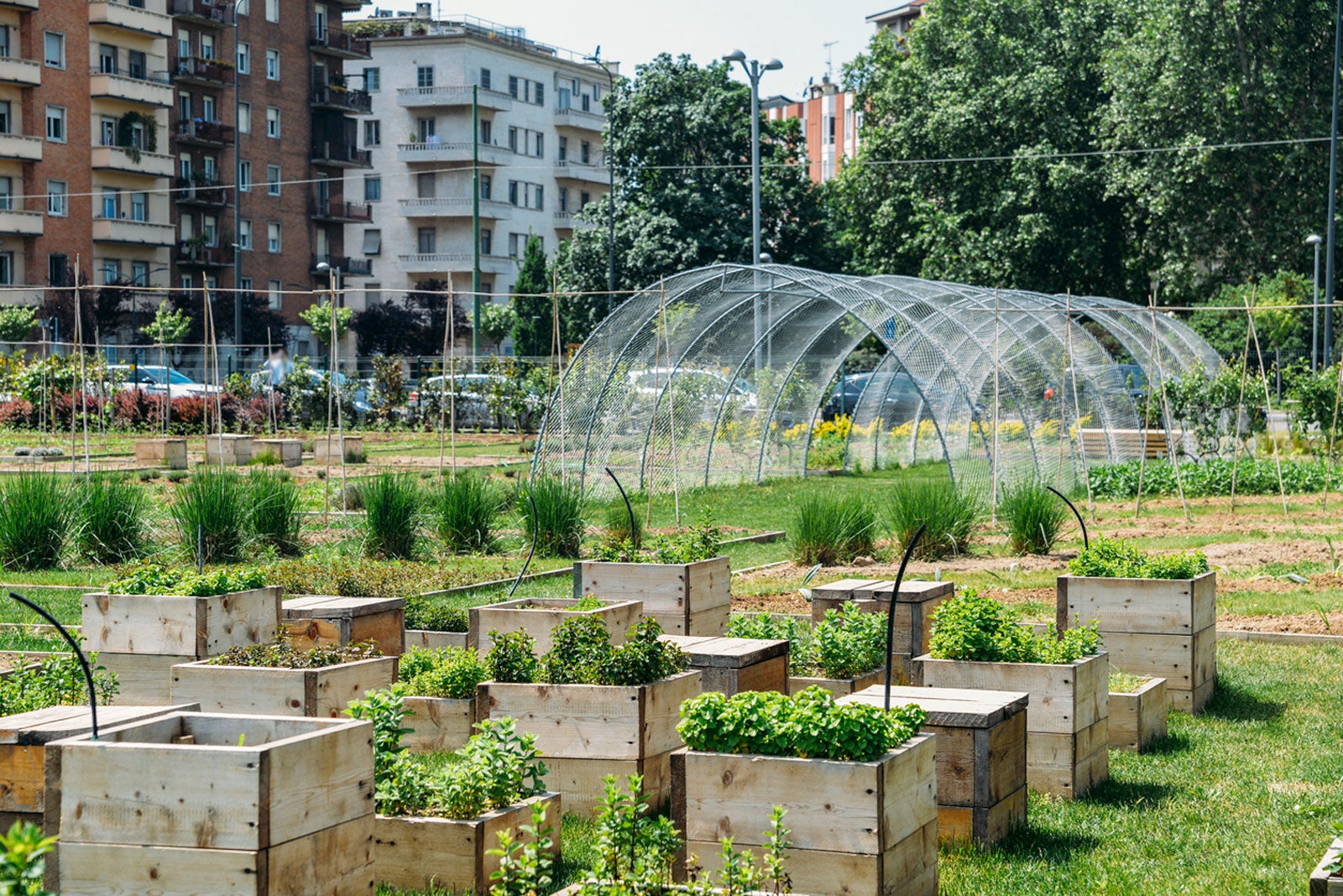City Blooming - An Overview
Table of ContentsGet This Report about City BloomingThe Ultimate Guide To City BloomingThe Ultimate Guide To City Blooming7 Simple Techniques For City BloomingThe Best Guide To City Blooming
Interested in growing food for sale in the City of Chicago? Below is a listing of often asked inquiries regarding the policies and policies that farmers must think about when intending a metropolitan farming project.
The zoning change does not modify any other codes dealing with composting, structure permits, acquiring or renting City owned residential property, company licenses or ecological contamination. There are existing codes that regulate these problems and they remain in full effect and may be relevant to your project. Neighborhood yards are generally owned or handled by public entities, public organizations or community-based organizations and maintained by volunteers.
Urban ranches expand food that is meant to be sold, either on a not-for-profit or for-profit basis. Due to their business objective, urban farms require a company license. Yes. A neighborhood garden is permitted to market surplus create that was grown on website if the sales are accessory or subservient to the yard's primary function explained over.
All about City Blooming
Composting is allowed however just for plant product that is generated and utilized on site. The amount of compost material can not go beyond 25 cubic lawns at any offered time according to the standards in 7-28-715 of the City's Municipal Code. Yes. Because the soil at most brand-new yard websites requires modifying, compost, dirt, wood chips, or various other materials can be gotten to construct or enhance the growing space - urban gardening.

If a structure license is needed after that the hoophouse will certainly be thought about an accessory building. You can learn more about the structure authorization demands by calling the Department of Structures. The 25,000-square-foot dimension limitation is meant to stop a solitary area yard from controling an offered block or taking away from the block's existing property or business character.
The limit does not put on gardens located in Public Open Space (POS) areas. Can there be even more than one community yard that is 25,000 square feet on a solitary block? Yes. The size limitation puts on private yards, not to individual blocks. No. Secure fencing is not called for, nonetheless, yards that have big parking lot might be required to install secure fencing or various other landscaping attributes.
The Buzz on City Blooming
B1 & B2 areas need that all business use activities be carried out inside. R districts limit business task. The regulations show the purpose and intent of the Zoning Code. Is fence needed for metropolitan ranches? Yes. Fencings might be needed, along with landscape design and screening, for particular car parking areas and exterior job or storage space areas depending on location and the particular activity occurring.
Yes. Urban farms need building licenses and zoning authorizations before construction. Other forms of city evaluation might be called for depending upon certain structures, tasks, dimension, landscape design, licensing, public health and stormwater monitoring concerns. Many of these requirements are determined in the project layout or allowing procedure, nevertheless, the candidate might be accountable to individually recognize particular licenses or permits that might be needed.
Yes. The sort of certificate is figured out by what is taking place at the website. The Division of Service Affairs and Customer Defense can assist identify the particular sort of service permit that's called for. Yes. Off street car parking is needed for most industrial tasks in Chicago. The required number of parking rooms is based on the this website variety of workers dealing with site and not the square video footage of the growing space.
The Single Strategy To Use For City Blooming

Yes. A metropolitan ranch can market garden compost product produced on website, nevertheless, the operation has to abide by the laws in 7-28-715 of the Chicago Municipal Code. Yes. Aquaponic systems are allowed inside your home on city farms in lots of zoning areas. A zoning testimonial and structure license is called for in order to install frameworks or systems and an organization certificate is called for as explained over.
Approximately 5 hives or nests of honey might be maintained as an accessory usage. Beekeepers should register with the Illinois Division of Farming. For even more details regarding the proposed zoning modification you may contact the Division of Housing and Economic Development, Bureau of Preparation and Zoning at 312.744.8563.
Farming in cities and city locations A city ranch in Chicago. Urban farming describes numerous techniques of cultivating. https://x3n7gir0m43.typeform.com/to/xy4y6eO6, handling, and distributing food in urban areas. The term likewise puts on the location activities of pet husbandry, aquaculture, beekeeping, and gardening in a city context. Urban farming is differentiated from peri-urban agriculture, which takes area in backwoods beside residential areas.
An Unbiased View of City Blooming
It can entail a motion of natural cultivators, "foodies" and "locavores", that look for to create socials media started on a common values of nature and area holism. These networks can create by method of formal institutional support, coming to be incorporated into neighborhood town as a "transition town" activity for sustainable metropolitan advancement.
Some of the very first evidence of city agriculture comes from Mesopotamia.